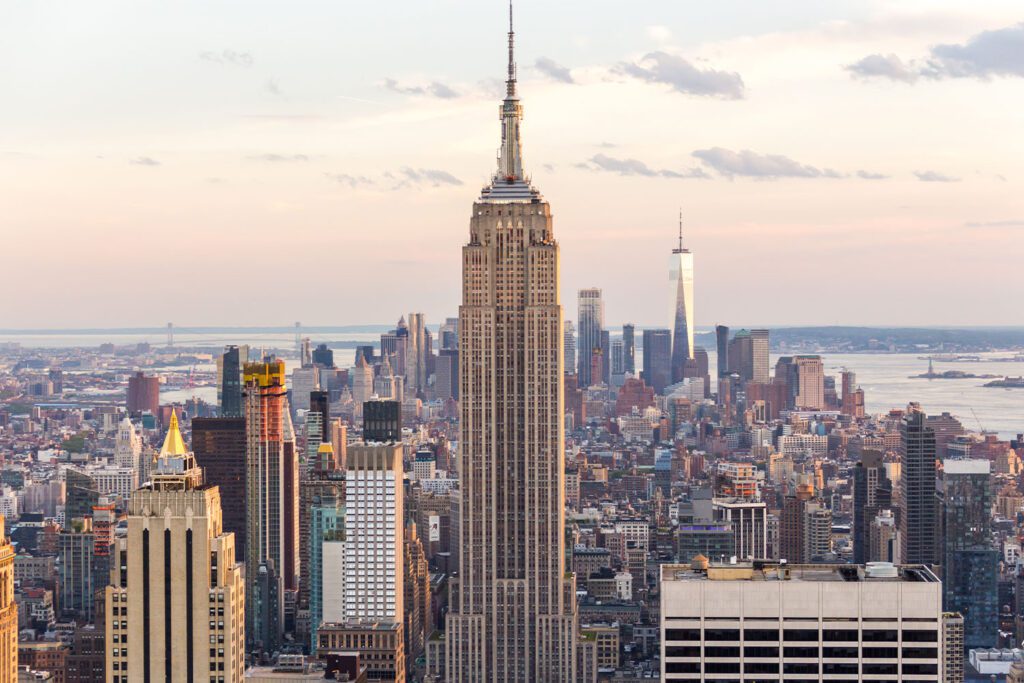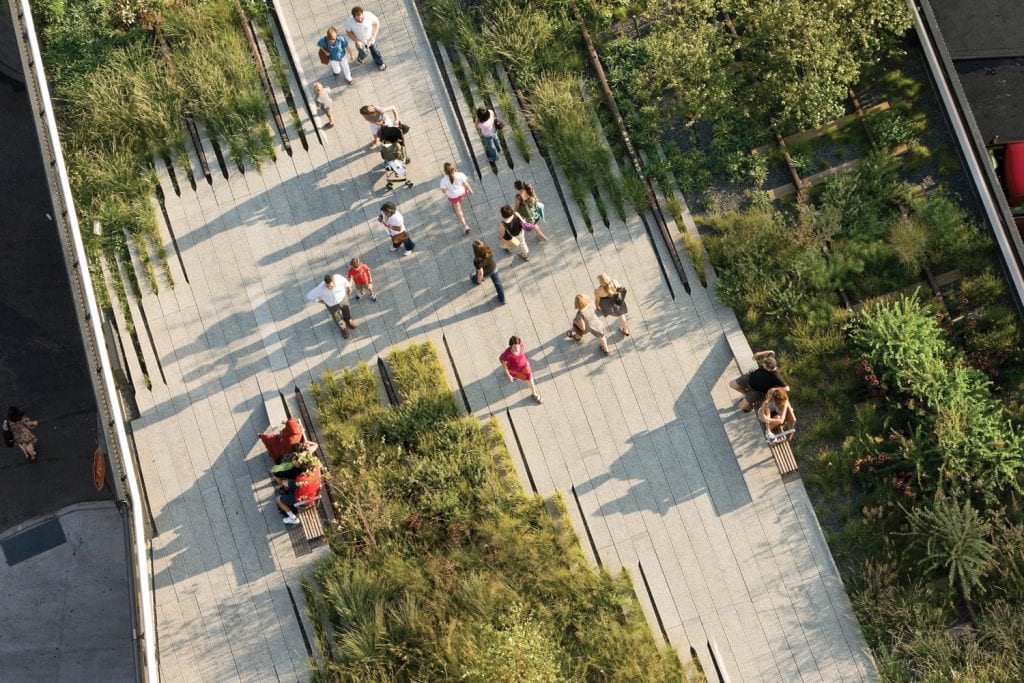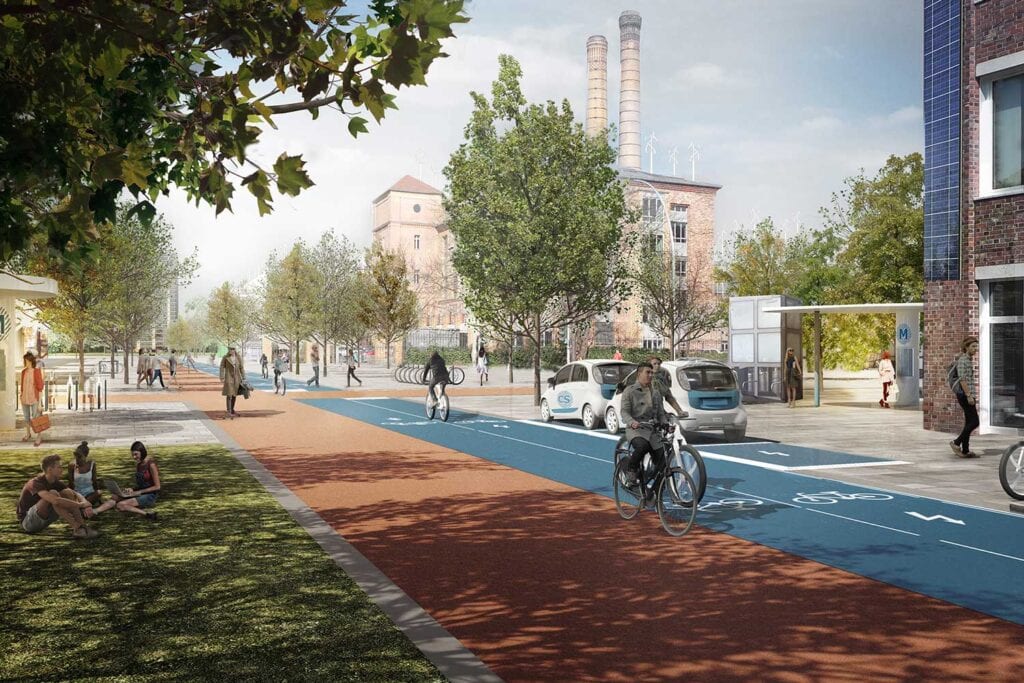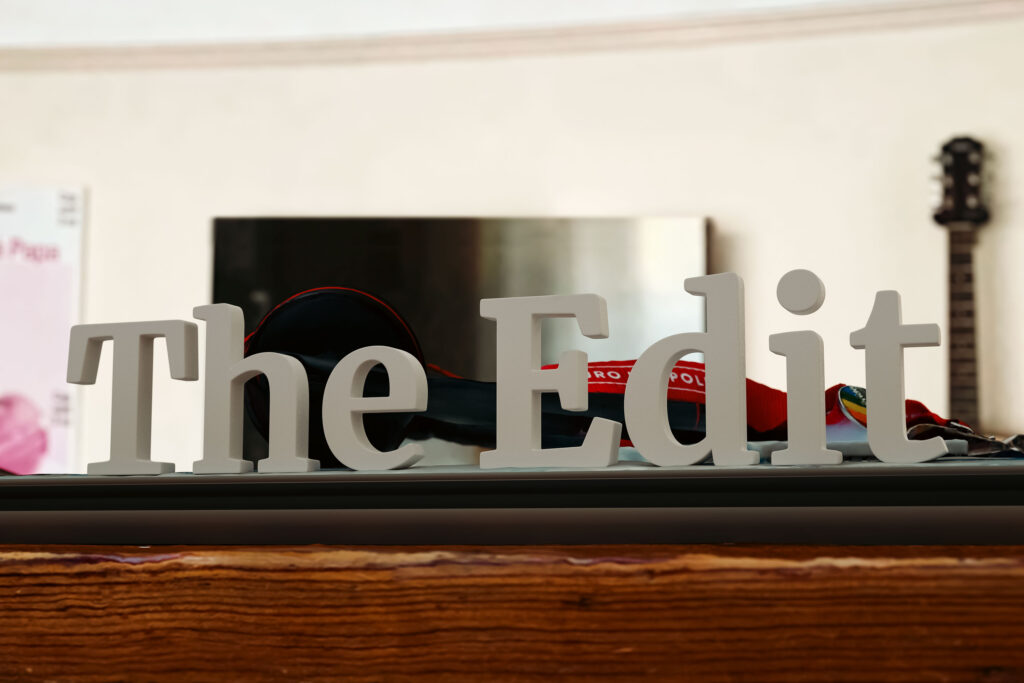Six key AEC industry trends for 2024
The architectural, engineering and construction (AEC) industry is well positioned for continued growth in 2024. Significant investment has been allocated to solve today’s biggest global challenges, from climate change and ageing infrastructure to urban connectivity and artificial intelligence. This piece delves into six key trends we anticipate seeing across the industry for 2024.
Decarbonisation
We urgently need to decarbonise buildings and energy systems. Within the sustainability space, we see more clients challenging themselves and setting more meaningful implementation strategies than ever before. There is a consensus in the AEC industry about the speed and pace of change required to reduce carbon in the built environment; Buro Happold has already been working with many cities who are now enacting policies, programmes and regulations that drive decarbonisation.
With the launch of our net zero routemap in 2023, our engineers, designers and advisers have been especially focused on decarbonisation and energy-related strategies at a time when many of our clients look to implement net zero strategies for their own assets. From planning and strategy to implementation and reporting, Buro Happold has been working with clients such as the Empire State Realty Trust in the US to develop pathways to exceed state and city energy targets in the years and decades ahead.

Resilient and adaptive design
As consideration of climate change and its impact on the built environment grows, we are seeing an increased emphasis on resilient and adaptive design strategies. The planned relocation of Indonesia’s capital from Jakarta to Nusantara as a consequence of rising sea levels serves as a stark reminder of the urgency of the impacts of the climate crisis. Engineers must increasingly incorporate measures to mitigate the effects of extreme weather events, sea level rise and other challenges linked to the climate emergency in their designs.
A key trend contributing to a more sustainable future is the rise of adaptive reuse. Ageing assets and shortage of land for future urban growth pose significant challenges in many parts of the world. Deteriorating urban assets, such as buildings, infrastructure and public spaces, are forcing municipalities and local/national authorities to consider retrofitting, restoration and repurposing. We are seeing more clients opt to transform their existing assets into more technologically-advanced, contemporary and efficient structures, with embodied carbon savings for retention rather than demolition and rebuild. The approach of looking at the built environment through a circular economy lens is an essential component of sustainable urban development.

Digitisation
Digital technologies continue to play a crucial role in the AEC industry. Embracing digital technologies, such as the widespread adoption of Building Information Management (BIM), enables collaborative and efficient planning, design, construction and operation. It allows us to gain a deeper understanding of the impact the built environment has on people, along with its wider social and economic implications.
For example, in the Middle East giga projects are especially taking advantage of a unique ‘blank canvas’ they have to drive a new level of digitally driven innovation in energy, water and transport management. Future work will see large scale, integrated work for landmark developments, with Buro Happold continuing to provide innovative engineering solutions.
Digital technologies play a crucial role in ensuring positive and effective sustainability outcomes for our clients. A key area gaining more and more traction is digital twin technology. For the built environment, a digital twin is a virtual representation of a building – it can be used as a transformative tool that gathers information and data, and guides action for performance-related outcomes. Increasingly, this includes sustainability outcomes. Within Buro Happold, we are already working with clients to provide digital twins and their actionable insights, and developing services specifically aimed at supporting the creation of a golden thread of information.

A holistic water model
We will see a greater focus on the quality of our water bodies after many instances of sewage discharges by major water companies. Projects will have to demonstrate more clearly that they are not polluting watercourses.
There has been a wider push in the industry to use rivers and lakes as heat sinks for heating/cooling projects, similar to the rise in popularity of hydropower 10-15 years ago. This links to the work of energy teams finding more sustainable strategies for heating and cooling in new projects and trying to drive down the carbon footprint of heating/cooling.
Underpinning all water resource management is the return of a more holistic water cycle model. Computational improvement, including AI and machine learning of the last few years provides the opportunity to shift away from a siloed approach.

Integrated transport strategies
In the realm of active mobility, there is a growing emphasis on redesigning urban streets and retrofitting cities to promote equitable access. Cities such as Amsterdam are already promoting clean transport: walking and cycling routes in addition to more train, metro and bus connections can create real value to improve health and equity in our built environments. This involves a critical examination of the role of cars in transportation systems. The concept of micro-mobility is gaining traction, with a focus on creating ‘15-minute cities’ that facilitate short-distance, efficient travel, moving from the city-centre structure towards a polycentric, more diverse urban model.
Connectivity emerges as a key theme for the future of mobility, reflecting broader efforts to enhance the integration and efficiency of transportation systems. Deploying autonomous vehicles (AVs) within existing transport systems brings many challenges and opportunities – Buro Happold delves into these in our London Mobility Intelligence Report.
Many urban environments struggle to achieve optimal resource usage due to limited integration between different modes of transportation. Connectivity is therefore crucial to ensure people and goods can move efficiently and effectively between different locations, including the Middle East, Asia and Pacific regions – often seen as the engine of today’s fast-paced world.

Adoption of artificial intelligence
Artificial intelligence (AI) is rapidly changing how we live and work in urban environments, and is disrupting traditional business models. From transportation to healthcare to energy management, the transformative force of these new technologies is being felt in every aspect of our daily lives.
Yet despite significant progress, the untapped potential of AI remains in many sectors, urging exploration. For example, AI-powered traffic management systems can help to reduce congestion and improve safety on city streets by analysing traffic patterns in real-time and adjusting traffic signals accordingly. Similarly, energy management systems can use data to optimise energy usage in buildings, reducing costs and lowering emissions.
For flood risk management, key areas of growth will emerge with the expansion in AI and machine learning in the fields of data management. Flood risk management includes processing a lot of data – such as rainfall, river and sea levels – before using it to predict what might happen based on climate models. AI and machine learning will be useful in analysing incoming data feeds and making predictions about future events. The sooner we can engage with this process, the sooner we will be able to move towards an effective, reliable and benchmarked process for flood risk management.
One critical impact of technology and AI on urban planning and design is the ability to collect and analyse vast amounts of data about our cities. AI algorithms can interrogate data to enhance project planning, scheduling and risk management. This technology has the potential to improve efficiency and optimise resource allocation in construction projects. With innovation and experimentation at the core of our culture, Buro Happold continues to embed and develop machine learning to optimise outcomes, while continuously emphasising the importance of the human side of our work.



